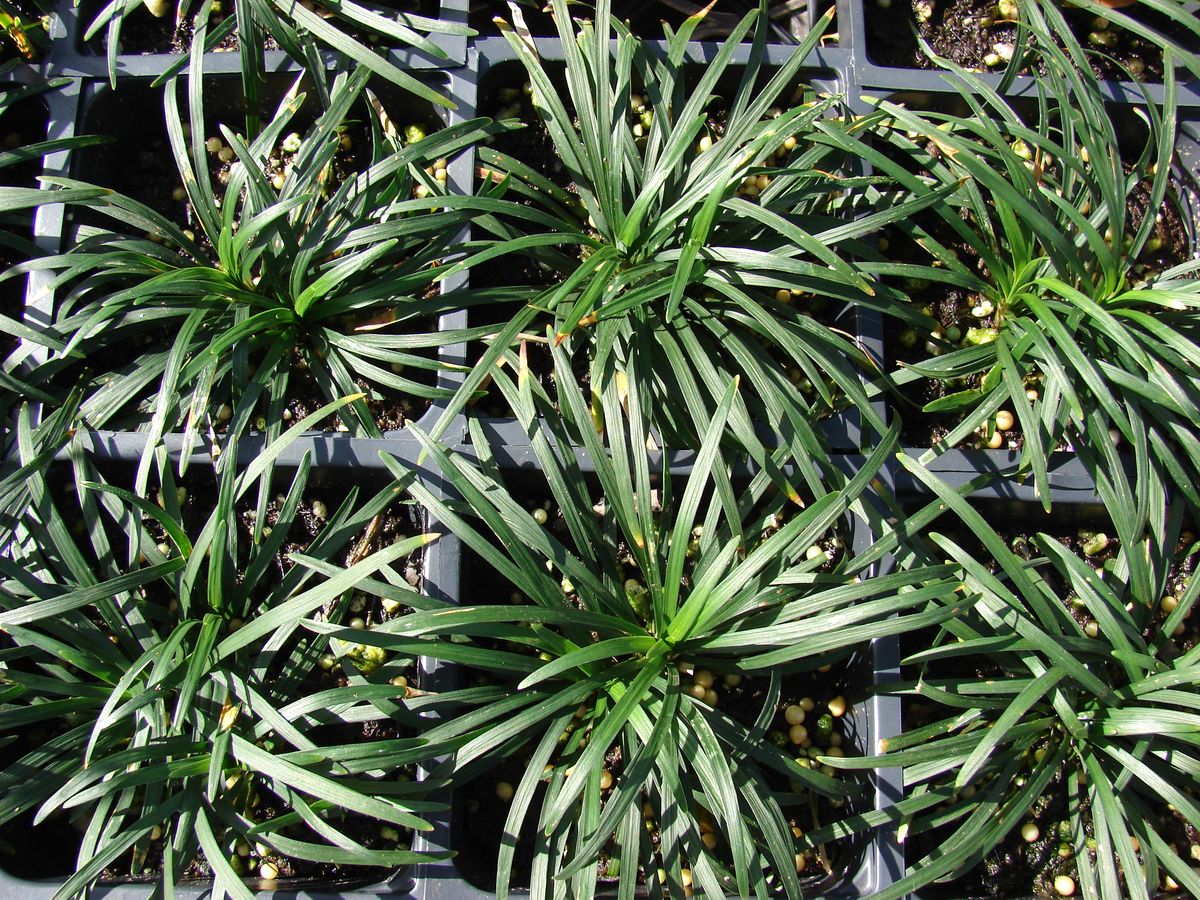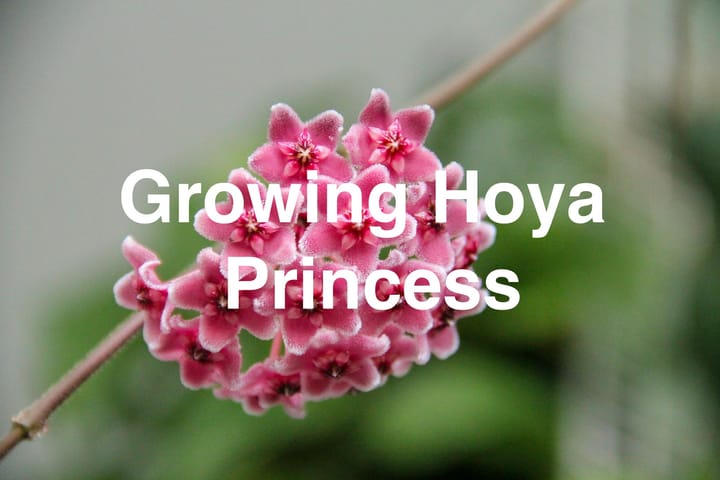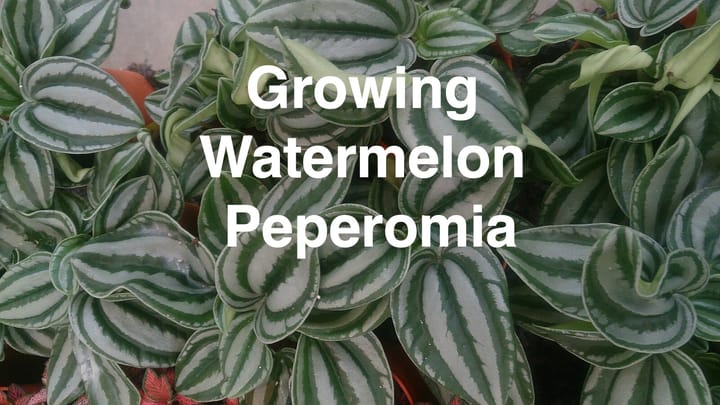How to Grow Ophiopogon Japonicus
Ophiopogon japonicus, also known as mondo grass or dwarf lilyturf, is a versatile, evergreen perennial plant native to Japan.

Table of Contents
Its attractive dark green-blue foliage is prized, making it an excellent choice for landscaping applications such as rock gardens, shady areas, and borders.
Growing ophiopogon japonicus is relatively straightforward, as it can thrive in well-draining and moist soils.
This plant is suitable for USDA zones 7-11 and generally blooms in early summer, displaying small white to pale lilac flowers.
In the article, you'll learn essential tips and techniques to cultivate and care for your Ophiopogon japonicus plants.
About Ophiopogon Japonicus
Ophiopogon Japonicus, commonly known as Mondo grass or Dwarf Lilyturf, is a grass-like perennial native to Japan, Korea, and China.
This ornamental plant forms a dense evergreen ground cover with narrow, dark green leaves, making it an attractive choice for borders, Asian, and rock gardens.
Mondo grass thrives in partial shade and requires well-drained soil to grow effectively. It is a low-maintenance plant that is drought-tolerant and deer-resistant.
Its flowers are small, with six petals, and boast a range of colors from white to pale lilac.
Mondo grass grows to 6-12 inches (15-30 cm) and spreads by stolons and rhizomes. The plants are best propagated by dividing in early spring or late fall.
Dwarf Mondo grass cultivars, such as 'Silver Mist,' offer interesting variations in color and size, while the striking Black Mondo grass sports purple-to-black foliage.
Despite its slow-growing nature, this versatile perennial can be used as an underplanting, edging plant, or in containers.
Remember to monitor for pests such as slugs and watch out for diseases affecting the plant's health.
With proper care and attention, your Ophiopogon Japonicus will add a touch of elegance to your landscape.
Growing Ophiopogon Japonicus
When planting Ophiopogon Japonicus, it's essential to prepare the soil by adding a little leaf mold or a handful of ericaceous compost and mixing it well before putting it in.
To ensure proper establishment, firm the soil around the plant and water it after planting.
Ophiopogon Japonicus can tolerate some full sun but prefers shady or partially shady locations.
Remember to choose the appropriate spot in your garden according to the plant's light needs to encourage healthy growth.
Caring for Ophiopogon Japonicus
Sun and Temperature
Ophiopogon Japonicus thrives best in full sun or partial shade, with black foliage varieties darkening more in a sunny location.
The plant can tolerate a wide range of temperatures, but an early spring planting after the frost is ideal.
Water and Humidity
Regular watering is essential to maintain moist soil for Ophiopogon Japonicus.
However, avoid over-watering as well-drained soil prevents waterlogging and promotes healthy growth.
Soil and Fertilizer
This plant adapts to various soil types, including sandy, loamy, or clay-based soils. Adding compost or organic matter to the soil can improve its fertility and drainage capabilities.
Repotting
If you're growing Ophiopogon Japonicus in containers, repot them every 2-3 years to ensure adequate space and nutrients for growth.
Always choose containers with proper drainage holes to prevent water stagnation.
Pruning and Propagation
Prune Ophiopogon Japonicus by removing dead leaves or trimming back excessive growth. Propagate the plant through division by splitting the rhizomes or stolons into smaller sections and replanting them in spring or fall.
Troubleshooting Plant Problems
Growing Problems
When growing Ophiopogon japonicus, choosing the right spot with ample sunlight is essential, as dark foliage varieties will darken more in a sunny location.
The plant can sometimes struggle with its size and spread, so keep in mind that its height ranges from 10 inches to 1 foot, making it a medium-sized ornamental grass.
If your Ophiopogon japonicus has narrow, arching leaves that aren't achieving their dark green color, ensure it's planted in an area with proper sunlight and well-drained soil.
Remember that the plant's desirable green color is vibrant in the dark green-blue strap-shaped leaves, enhancing its overall appearance.
Pests and Diseases
While Ophiopogon japonicus is generally low maintenance, it can be susceptible to pests such as slugs and diseases.
It's crucial to monitor your plant for any signs of damage or infection and address issues promptly to maintain its health.
The good news is that this plant is deer-resistant, making it less likely to encounter issues with these animals.
Maintaining optimal growing conditions, such as adequate sunlight and proper watering, will help keep pests and diseases at bay and ensure your Ophiopogon japonicus thrives.
Frequently Asked Questions
What is the ideal sunlight exposure for Ophiopogon japonicus?
Ophiopogon japonicus, also known as mondo grass or dwarf lilyturf, thrives best in partial to full shade. However, it can tolerate some sunlight, provided it is not exposed to direct, harsh sun for extended periods.
How to properly care for and maintain mondo grass?
To care for mondo grass, ensure it is planted in well-draining soil and watered regularly to keep the soil consistently moist. Mondo grass is a low-maintenance plant, but you should trim any brown leaves or spent flowers to maintain its appearance.
What is the recommended spacing for planting mondo grass?
When planting mondo grass, space each plant approximately 6 to 12 inches apart. This allows sufficient room for the plant to spread via underground rhizomes and form dense ground cover.
How quickly does Ophiopogon japonicus spread?
Ophiopogon japonicus is a moderately fast-spreading plant, often taking a few years to establish and colonize an area fully. However, the spread rate may vary depending on growing conditions and the care provided.
Are there any potential invasive issues with mondo grass?
Mondo grass is generally considered a non-invasive plant, as it spreads through rhizomes, not seed production. Although it may spread into adjacent areas, this can be controlled by limiting its space or using a physical barrier like edging materials.
Is there a specific method to propagate mondo grass?
You can propagate mondo grass by dividing the early spring or fall clumps. Carefully dig up the clumps, divide them into smaller sections, ensuring each has a viable root system, and replant into your desired location.


